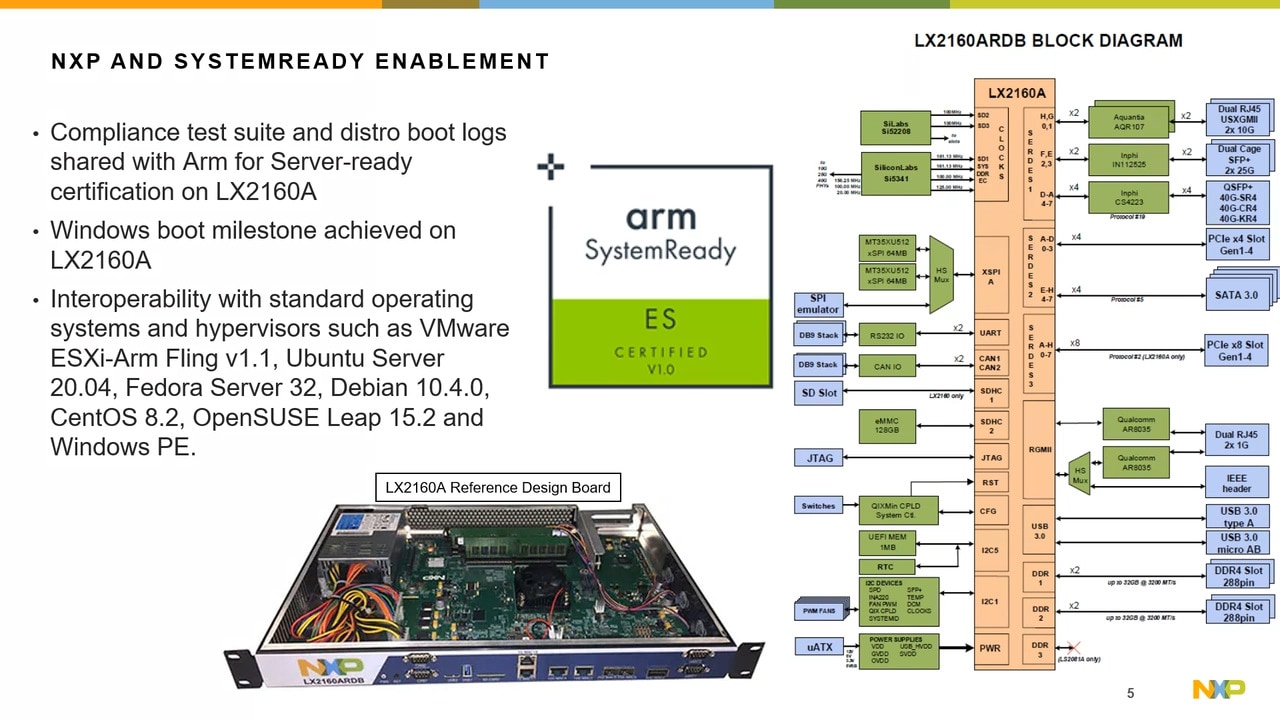That compares to the Cavium/Gigabyte Thunder Station @ about $9k per. Cavium was showing it off in 2018, but I don't think anyone has it.
- 2 x Marvell® ThunderX2® CN9975 28-core ARM processors
- 8-Channel RDIMM DDR4 per processor, total 24 x DIMMs
- Dual 10Gb/s SFP+ LAN ports (QLogic® QL41102)
- 1 x Dedicated management port
- Onboard Broadcom® SAS3008 controller
- 2 x 2.5" SATA in rear side, 24 x SAS/SATA hot-swappable HDD/SSD bays
- SAS expander with 12Gb/s transfer speed
- 8 x PCIe Gen3 expansion slots
- 2 x OCP Gen3 x16 mezzanine slots
- Aspeed® AST2500 remote management controller


Comment